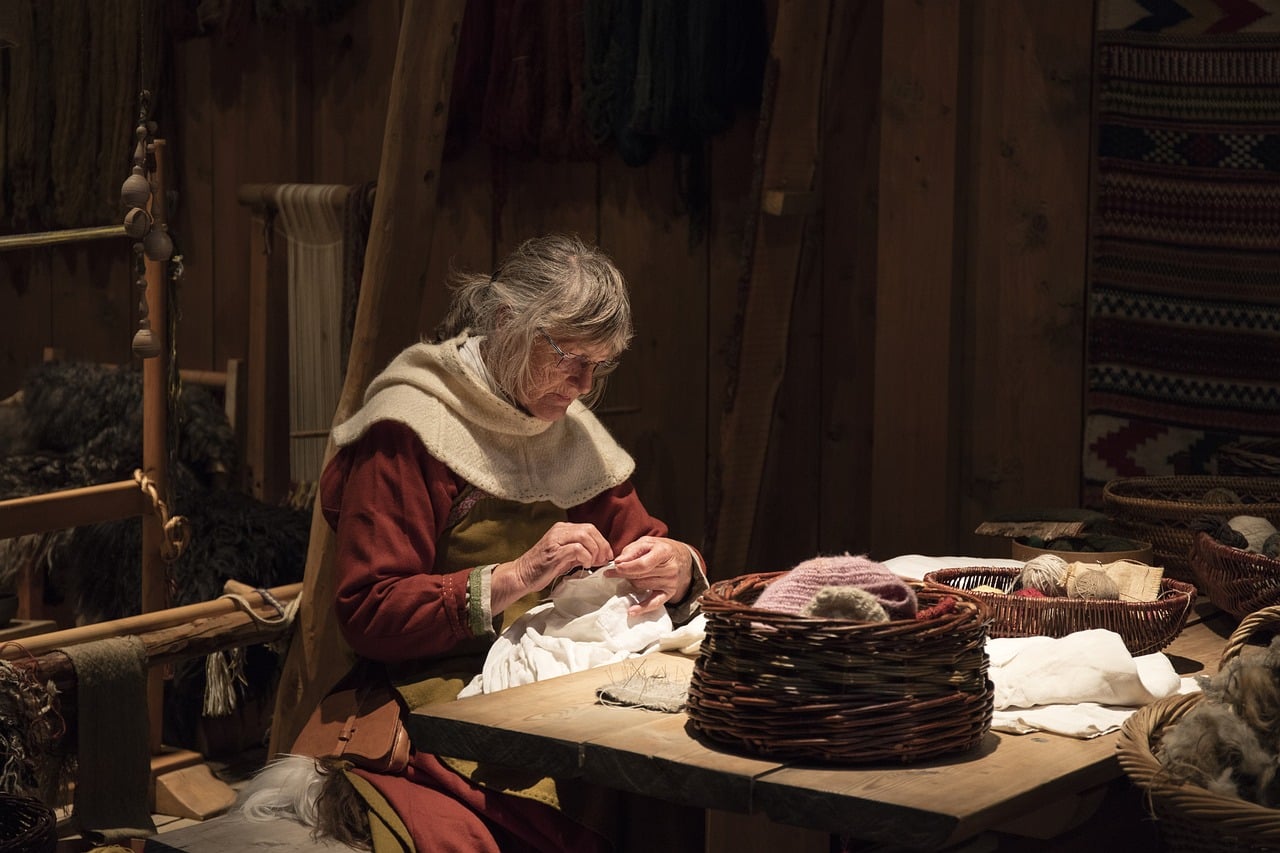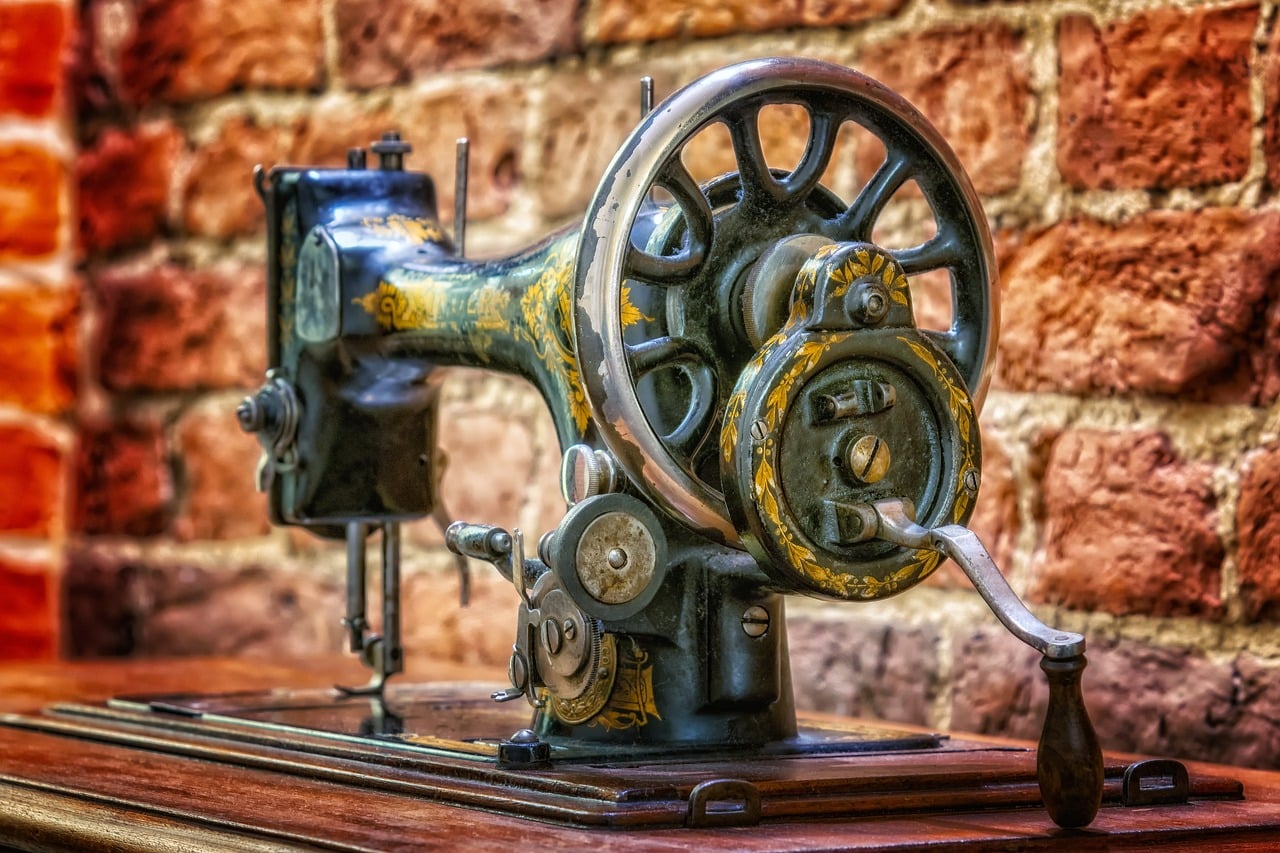
The art of embroidery and the application of pigments, to point out some alternatives, are part of the creative possibilities contemplated within the textile industry.
Textile industry is the name that identifies a key productive sector for the production of clothing since resources such as fabrics and fibers , both synthetic and natural, arise from this manufacturing activity.
It should be noted that many people are involved in the clothing manufacturing process and in the entire dynamics of the textile industry, dealing with different issues. This area constitutes a great source of employment, but it is essential that the authorities of each country put a magnifying glass on the working conditions of textile workers and avoid the creation of clandestine workshops , unfortunate sources of labor exploitation , undeserving wages , child and slavery where, obviously, no safety and hygiene parameters are met.
Fundamental areas of the textile industry
There are multiple fundamental areas that nourish the textile industry and it is worth knowing them to know how much effort and what kind of activities exist behind the clothing items that we see in stores or in our own home.
First of all, to start textile production it is essential to obtain raw materials, both by artificial means and by natural means. In this framework it is necessary to refer to the textile fiber , an element that, depending on its characteristics and properties, is classified as short fiber, filament, synthetic fiber (such as nylon ), natural fiber (such as silk , wool , hemp , linen and cotton ), artificial fiber (such as rayon ).
Spinning , on the other hand, is essential so that each textile fiber can be transformed into thread . No less notable is the work done in weaving when weaving fiber threads in order to make fabrics . Nor should we overlook the dry cleaning stage, in which color is added to each fabric with a special dye for this type of product and textile finishing techniques are applied. Finally, the cutting , making and sewing phases come into play, stages in which molds, sizes, design (plain or printed pattern ), garment style, etc. are taken into consideration.

Sewing machines are great allies for those who are dedicated to textile design.
Design, fashion and trends
Design , fashion and trends are usually associated with catwalks and glamour, but on a daily basis the textile industry also provides tools for each individual to look good and with their own style without having to become a model.
It should be remembered that textile products are not limited to clothing worn daily by babies, children, young people and adults, nor to uniforms or specific clothing required in certain work activities. At the same time, they manufacture and market bathroom linen ( towels , bathrobes ), bedding ( sheets , padding ), underwear ( lingerie sets, boxers ) and even table linen ( table linen ). There are decoration options (such as rugs and curtains ) and upholstery , as well as accessories and a variety of footwear that arise from the textile industry .
It is interesting and enriching to learn about trends in order to know what colors, textures, materials and styles prevail in each season, but that does not mean that you have to renew your entire wardrobe every year.
If the budget allows it and you want to leave your look in the hands of someone specialized in design , it is worth investing in an exclusive and tailored haute couture garment in the case of attending an important event or opting for a creation framed in the Prêt-à-porter modality.
It is impossible not to highlight that within this industrial sector there is even room for textile innovation . In this context, revolutionary initiatives linked to textile sustainability and technology , for example, have been taking shape. This is how sustainable fashion (also known as ethical fashion ) has taken shape and the use of textile nanotechnology has been expanding internationally for some years with the aim of creating intelligent sports (and other types) clothing capable of recognize body variables and thus provide useful data linked to the health of each user. Nowadays, it is no longer a distant dream to produce and market smart textiles that incorporate tiny electronic devices with the capacity to detect external stimuli, react to body changes, etc.

For knitted fabrics, for example, 100% polyester yarn is usually used due to its resistance and slight elasticity.
Equipment and key elements for the textile industry
Key equipment and elements for the textile industry range from the sewing machine to the serger machine . The loom and the sublimation equipment are not left out of this list, to add other references.
It is worth mentioning that modernity brought with it, among other advantages and improvements, devices that make possible a printing technique known as screen printing , essential equipment for the development of biodegradable textiles and textile recycling tools.
Of course, along with investing in state-of-the-art textile machinery , it is essential to educate oneself, access textile training courses and continually update knowledge to be able to live up to the demands and needs that revolve around the textile industry .
